The Ultimate Guide to Transitions.
Transitions are a challenge that our students face on a daily basis. These transitions take place on a range of scales. From the micro transition of switching thoughts between tasks to major physical transitions between environments. The number of individual transitions an individual will undertake throughout the day is huge. Each one may well be a source of stress and anxiety for each student. The level of this anxiety and how it is communicated to us will vary dramatically. As with all the actions of our students this stress may not be easy for us to interpret. The quotes are from Autistic people I asked but are anonymised. I know I do not include enough Autistic voice, I will strive to expand this in future posts (I would welcome your comments.)
A Guide to supporting transitions and changes with Autistic students within school.
“Switching between tasks requires a change in thinking; a change in established routine and the risk of a new uncertain activity, especially when a change is imposed upon me.“
Through our knowledge of the students we often pick up on the coping strategies our students use to make transition easier for them. They may follow a certain routine or take a specific route to provide predictability. This can change and adapt over time. Changes or interruptions to the flow of this routine may cause a level of distress or result in a need to repeat part of it. Some of our students will walk back through a gate or door before completing the transition.
There are times we find it difficult to switch between tasks because we have not in our mind finished or simply do not feel like doing the next task. For example if you are watching a TV show and it was turned off by someone before the end what would your reaction be?
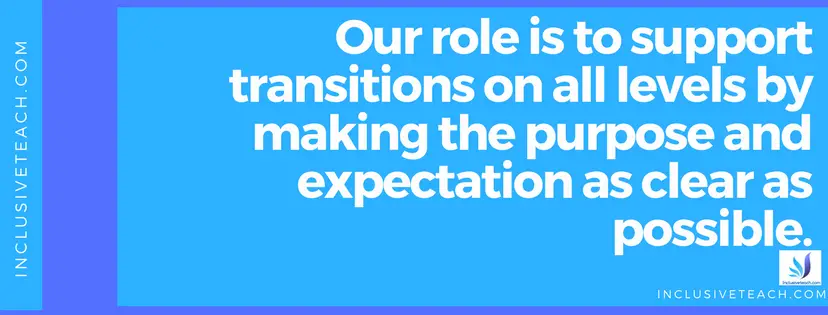
Our role is to support transitions on all levels by making the purpose and expectation as clear as possible. Different students will require different levels of support to cope. The need for support may vary over time and could be determined by additional factors like illness, the weather, who else is present at the time etc.
For an autistic person the role of executive function¹ may play a role in making transitions more challenging. Executive function is how we control and manage our thoughts and actions. It consists of:
- Planning
- Working memory
- Attention
- Problem solving
- Verbal reasoning
- Inhibition
- Cognitive flexibility
- Initiation of actions and monitoring of actions.
For example with reduced “inhibition response” a student may have difficulty finishing a task they are focused on, a timer or simple verbal two “minutes left” count can help here. They may also not be able to inhibit a natural response I.e. When transitioning through the garden the sight of the swing may prompt a memory or act as a cue leading to the student to think they are going on the swing, thus they may seem to be running away. If they go into the garden to go on the swing more than they transition through the garden this is a totally logic response linked to their “working memory” function, as is the desire just to have a swing.
Practice can help the student become used to finding the correct and expected response to what they should do when walking through the garden. The way you make the change or transition can be as important as the change itself. Being able to visualise this clear goal and expectation can reduce the uncertainty and provide security for the student. This is where you have a number of strategies you can use to help. Probably all together initially.
1) A now and next board or task breakdown prior to leaving the classroom.
2) Through your actions: ensuring you push the student on the swing and interact when it is “swing time” and standing by the door during transition time.
3) Time and space, explain what is going to happen and allow time for the child to process this.
It is important to reflect on which part of the transition is driving any challenging behaviour. Is it finishing the first task? Does the transition require physical movement? Is it starting the next activity? This is important to identify so we can adjust our strategies accordingly.
Scale of Transitions within School.
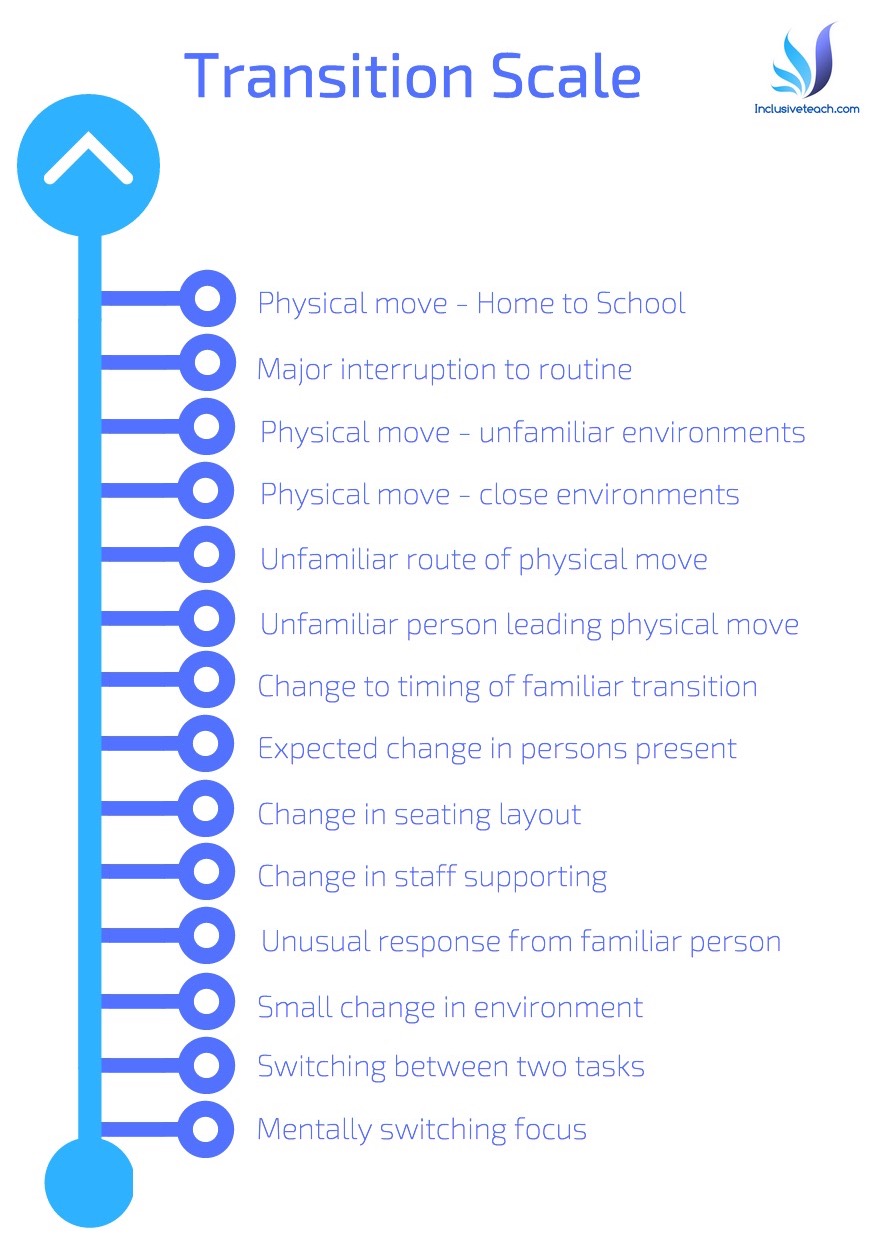 I have written this from my experiences with the children I work with, please do not take it as indicative of being based on specific children.
I have written this from my experiences with the children I work with, please do not take it as indicative of being based on specific children.
This will vary for each student and for some there will be many additional transitions, for others the order of how challenging each is will be different
Transitions use up energy.
The stress of multiple transitions may also build throughout the day; so something the student managed that morning may be harder for them to cope with in the afternoon. If you start with 100 points of energy and everything you do uses part of this up, by the end of the school day the student is drawing on smaller and smaller reserves. The more demanding the student finds the transition the more points they will use up completing that task.
As the student becomes tired all tasks become harder and a longer time is needed for regulation. This is why choice time built within the day can really help some students. Even relaxing in the sensory room or completing a favored activity for a period may aid focus and ease transitions. Many autistic student’s use self stimulation to regulate (stimming) this should never be prevented.
“The less energy I have the less I’m able to handle change and be flexible and the more static things need to be. I can get bossy and argumentative even if all I actually need is to be on my own and do something that allows me to relax and recuperate.“
Building in Choice.
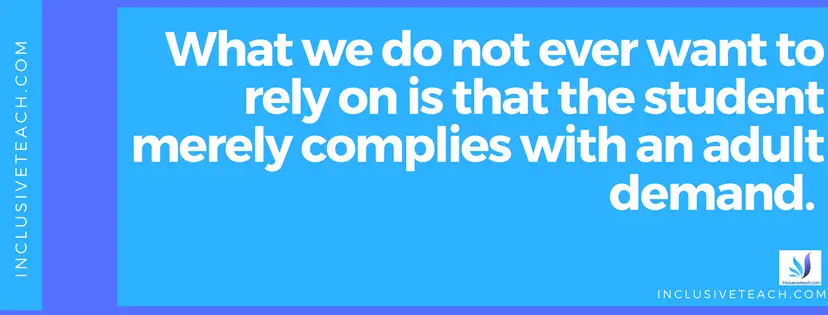
What we do not ever want to rely on is that the student merely complies with an adult demand. There should always be an element of choice over the situation so that the student can be in control. In itself this is an area that our students may need support with. We use choice or PECS books for this throughout the day for activities, tasks etc.
This same strategy can be applied to transitions as well. Choice of activity on entering class. Choice whether to walk alone or with a friend or staff member and who this will be. This control can help the student feel safe and secure. It is important that we support this throughout the day. Scripting and modelling decisions you make consistently can be beneficial for all students. I.e asking yourself “It’s hot in here, where could I go to cool down?”
Supporting Transitions.
Our aim is to be able to allow students to transition as independently as possible at all levels of the scale. To reduce the anxiety linked to the uncertainty of transitions. To allow our students to achieve this we need to have a range of strategies in place. We need to listen to what the student is telling us through their actions, words and presentation. To support a student through a transition we need to recognise the skills they will utilise, primarily:
The ability to foretell what is going to happen.
Ability to adapt to changes.
The ability to monitor the passage of time.
We can use a whole range of visuals and other resources to facilitate this for our students. It is important to remember that each of these will have a learning component that will require explicit teaching to be effective.
Practicing transitions throughout the day.
The best way to teach the use of these resources is through practice. This is where the teaching element is introduced and reinforced. For example you do not introduce a now and then board just for transition, a now and then board is used throughout the day to embed the concept that these things will happen. We will keep our word. A choice exists.
This requires staff to acknowledge the transitions. “Now Work, Then iPad”. In this way you can build up from the micro transitions between activities to the larger transitions between areas.
- Picture schedule of activities.
- Give a 5 and a 2-minute warning before a transition will take place.
- Use a visual timer to show the beginning and ending time for each activity, break time and reward time (e.g. time outside, time with favourite toy, work time)
- Whenever possible give choices (e.g., colour of pencils, order of work activities, seat during activities) to help the student gain a sense of control.
- Let the student make the decision themselves: I.e. leaving the door open and praising when they decide to walk through it.
- Video priming²
Making transitions positive.
A schedule or now and then board can be effective, but only if the presence of an activity indicated on it is something that the student likes or sees purpose in. Well planned transitions that are carefully managed by staff to be as positive as possible have proven effective. That is why we may take a student to visit their new class when it is empty or when a carefully chosen peer or staff member is there to meet them.
Often student will make a transition visit during a motivating activity like lunch or joining the class for a game.
Transition to non-preferred activities.
If the transition is something the student does not want to do, or may cause anxiety. For example a trip to the dentist or visit to a supermarket the student knows is noisy then a schedule alone will not work.
At times a transition may have to be undertaken in an emergency for example A&E admissions. Or the usual school to home routine is disrupted by an accident. If you have not practised transitions this transition will be much harder and distressing.
This is where teachable time needs to be found to explain what is happening and why. A social story, highly motivating reward can be effective. A session to create predictability around the unknown can also work. For example showing photos or a video of the dentist surgery. A trip to the place prior to the appointment to familiarise the student with the area.
“Planning and preparation are critical. This means assigning at a future time to begin the new task. It also helps to rehearse or familiarise myself with the new task: knowing what it involves and how long it will take.“
Key rules for Transition.
It is essential we keep our word at all times. I.e. if you promise access to a preferred item or area honour it immediately.
- Prepare student in advance.
- Maintain Trust.
- Build familiarity with route/task.
- Positive touch only I.e. holding hand.
- Allow plenty of time.
- Allow plenty of space.
- Keep calm and quiet.
- Praise unplanned transitions. I.e. if the student finishes an activity and puts it away reinforce what has happened.
- Ensure the student has a clear exit.
- Be patient
Questions to ask if a student is struggling with transition.
How are they feeling on the inside (not what the child is displaying externally)?
Has the child left something behind?
Is something out of place in the room they have left?
Does the child need to go back and check anything?
Does the child have an awareness of the time?
Have they completed what they were doing?
Are they waiting for a cue (have you forgotten your part in the routine)?
Are they waiting for the area to clear?
Was there an interruption to the child’s routine?
Is there a sensory barrier?
- Unusual smell
- Different light pattern (too dark or bright)
- Illness Need to self-regulate
- Noise
- Dizziness
- Muscle ache
Is the transition to a fun activity?
Has there been a change on route?
Will they have access to that area later?
Is your body language a barrier?
Do they prefer to lead and you are walking in front?
Did something happen that they may be anxious about in the area they are transitioning to?
Conclusion.
It is our duty to make the student’s time with us free from fear, negativity or distress. We need to ensure our interactions are positive and the activities meaningful and motivating. We need to be patient and plan and prepare.
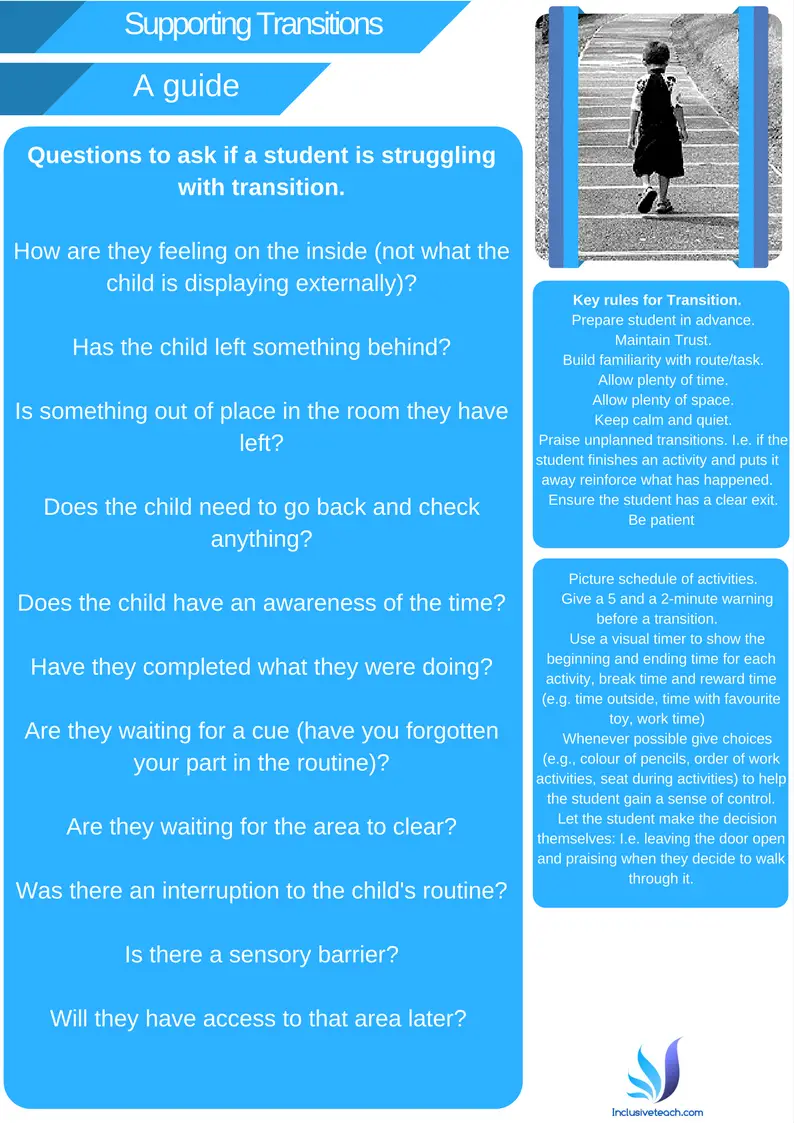
References:

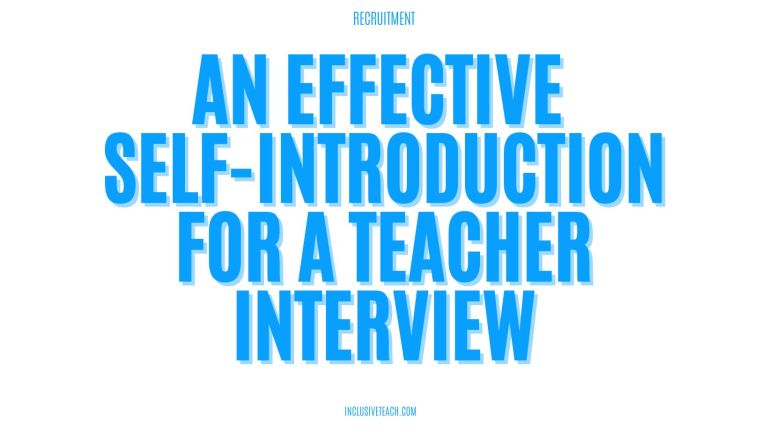

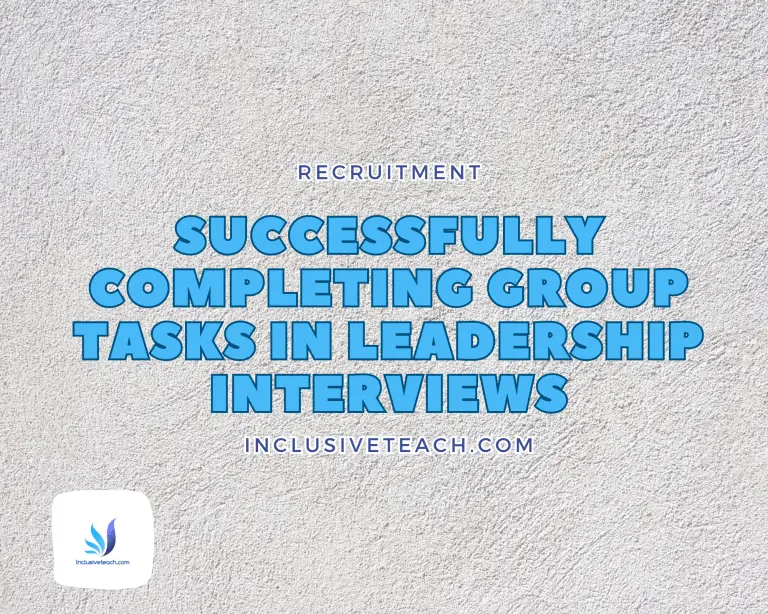
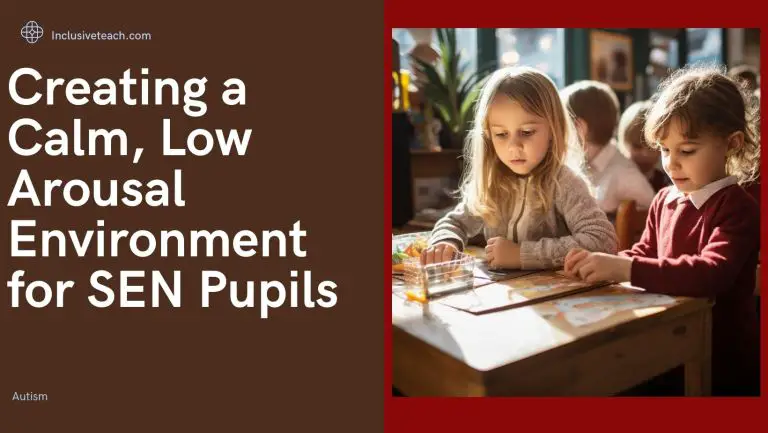
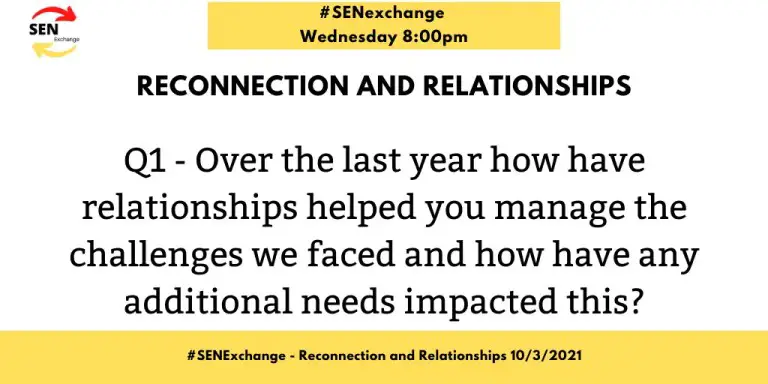
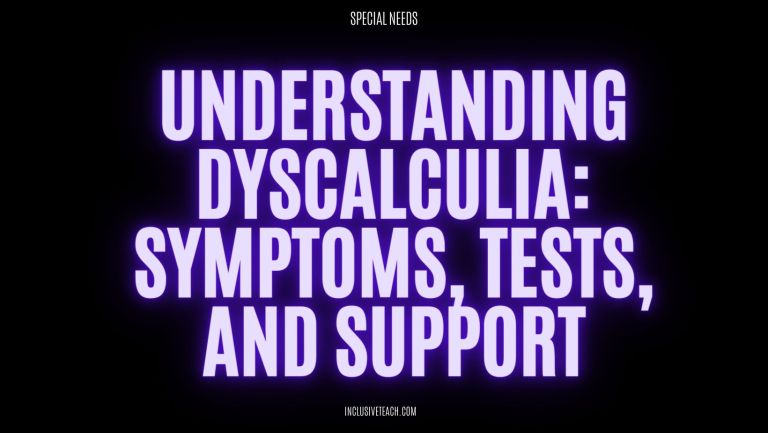
One Comment